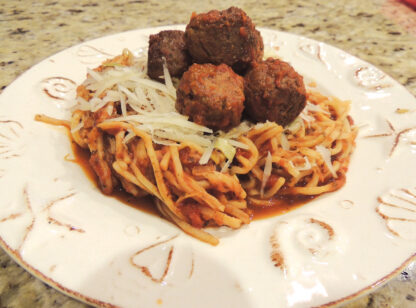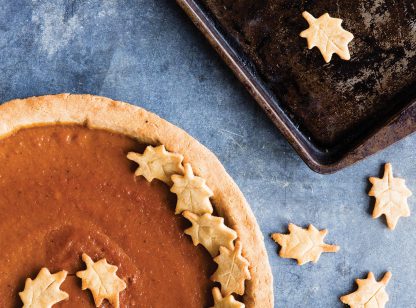The holiday festivities, for most of us, revolve around a table piled high with family recipes and sweet treats. Avoiding gluten might be difficult during these gatherings, but here are some tips to ease your mind and still be a part of the tradition this season.
There are many grains and flours that are naturally gluten-free which can be used for baking and breading in place of traditional flours. Stock-up on this list of gluten-free flours, and if you apply the baking tips, you’ll feel confident enough to swap them in almost any recipe.
Gluten-free multipurpose flour mix: This is the easiest-to-convert choice, as it is typically used in a one to one ratio with regular flour. Luckily, it is also easy to find today in any grocery store. These mixes may be a combination of flours such as rice, potato, corn, millet, amaranth, tapioca, arrowroot, or even bean flours. I prefer these pre-made mixes for cornbread, cake, cookie and even piecrust recipes. Try Pamela’s or King Arthur’s brands.
Coconut Flour: Made popular by the Paleo diet, this flour is incredibly absorbent. Typically, you’ll need to add one egg per ounce of flour. Depending on the desired texture, you may want to add gluten-free flour mix, and extra liquid. Coconut flour is best with muffins and pancakes, but it also adds tenderness to a grainy gluten-free bread mix and is great for softer biscuits. Check out Elena’s Pantry online for recipes.
Almond Flour: Also a Paleo diet favorite, it’s nutty richness is perfect in cookies, pumpkin bread, muffins, crackers, casseroles, dessert bars, and much more. The best brand: Honeyville. Using blanched almond flour is key, and it can be found easily online.
Cornstarch: This one’s likely already in your kitchen, and usually is gluten-free. Do check the label to be sure. Cornstarch is ideal for thickening gravy, sauces, and coating food for frying (like fried onions on your casserole). One tablespoon of cornstarch equals two tablespoons of flour. Beware; it does thicken faster than flour.
Special suggestions for stuffing: By far, one of my favorite gluten-free Thanksgiving dishes. If the recipe calls for bread, simply swap with a gluten-free loaf. Slice the bread into small squares and toast at 200 F degrees for one hour, stirring halfway. You can use this method to make breadcrumbs as well. Try gluten-free alternatives in stuffing like quinoa, rice, gluten-free cornbread, or skip the grains all together. There are many variations you can use. It is worth thinking outside the stuffing box to make a memorable meal.
For the novice gluten-free baker, you will have to practice to get the taste and texture you want, so always do a trial run. Online recipe research is recommended. Your loved ones may not even realize your dishes are gluten-free, and often you end up with new, healthier, holiday favorites everyone looks forward to each year.











































Comments (0)